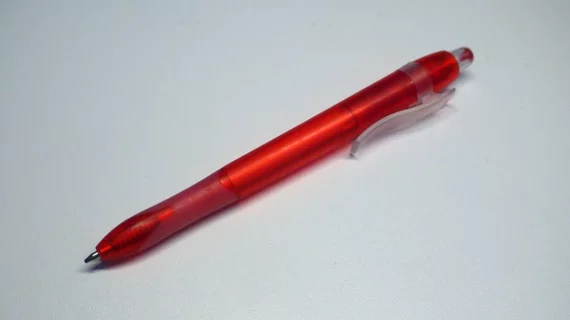Rejected scientific rad articles: Destiny depends on rejecters’ input vs. lack thereof
Tracking the fate of 200 unsolicited manuscripts rejected in one calendar year by the American Journal of Roentgenology, a researcher has found that the majority—117 manuscripts, close to 60 percent—eventually found a home in other scientific journals, according to an analysis running in the June edition of that very journal.
Of those 117, the manuscripts that were reviewed and offered suggestions for improvement ended up in journals with higher impact factors than the journals that published the un-reviewed AJR rejects. This finding shows that the journal’s review process yields better papers and, in this way, makes a meaningful contribution to the scientific community, according to the researcher.
Claudia Cejas, PhD, of the University of Buenos Aires, who began with 1,245 papers turned down in calendar year 2014, found no statistically significant differences between articles rejected outright by the editor and those that underwent traditional peer review.
Drilling down to analyze specific factors affecting eventual publication or lack thereof, Cejas uncovered some interesting insights.
Of the 117 manuscripts eventually published in other journals, 50 percent were published without changes to titles and authors, 28 percent with changes only in the names of the authors, 18 percent with changes in only the titles and 4 percent with changes in both the titles and authors.
“The modification in terms of titles and authors could be due to authors being enlisted to improve an article or to help with revisions,” Cejas writes. “Changes in titles can reflect inclusion of different or additional data, variations in analysis and results, or simply personal differences.”
Of the 61 articles rejected for publication after peer review, 52.5 percent were published with changes to the abstract. The remaining 47.5 percent remained unchanged.
“Although this difference is not statistically significant, this could mean that the articles published in journals with the highest impact factors were accepted because they made corrections suggested by AJR reviewers and section editors,” Cejas writes.
As for impact factor, 107 of the 117 were published in journals that have one. Those that were reviewed landed in journals with a mean impact factor of 2.37 ± 1.30, while those that had not been reviewed were published in journals with a mean impact factor of 2.04 ± 1.06.
The remaining 10 were picked up by open-access journals.
In her discussion, Cejas notes that the ease of disseminating scientific research and information in this, the electronic era, has been associated in previous analyses with an increase in author misconduct.
AJR editor-in-chief Thomas Berquist, MD, “has suggested that it makes sense that manuscripts should be published ahead of print and that open access should further benefit the scientific community,” Cejas writes, noting that the journal has been publishing all articles online, ahead of print, since 2016.
The movement toward greater access to research should have a positive effect on AJR’s own impact factor, Cejas adds.
Cejas acknowledges as a limitation in her analysis design its use of only a portion of the 1,245 manuscripts that AJR rejected in 2014.
Cejas was the 2016 Lee F. Rogers International Fellow in Radiology Journalism, awarded annually the American Roentgen Ray Society, which publishes ACR.

